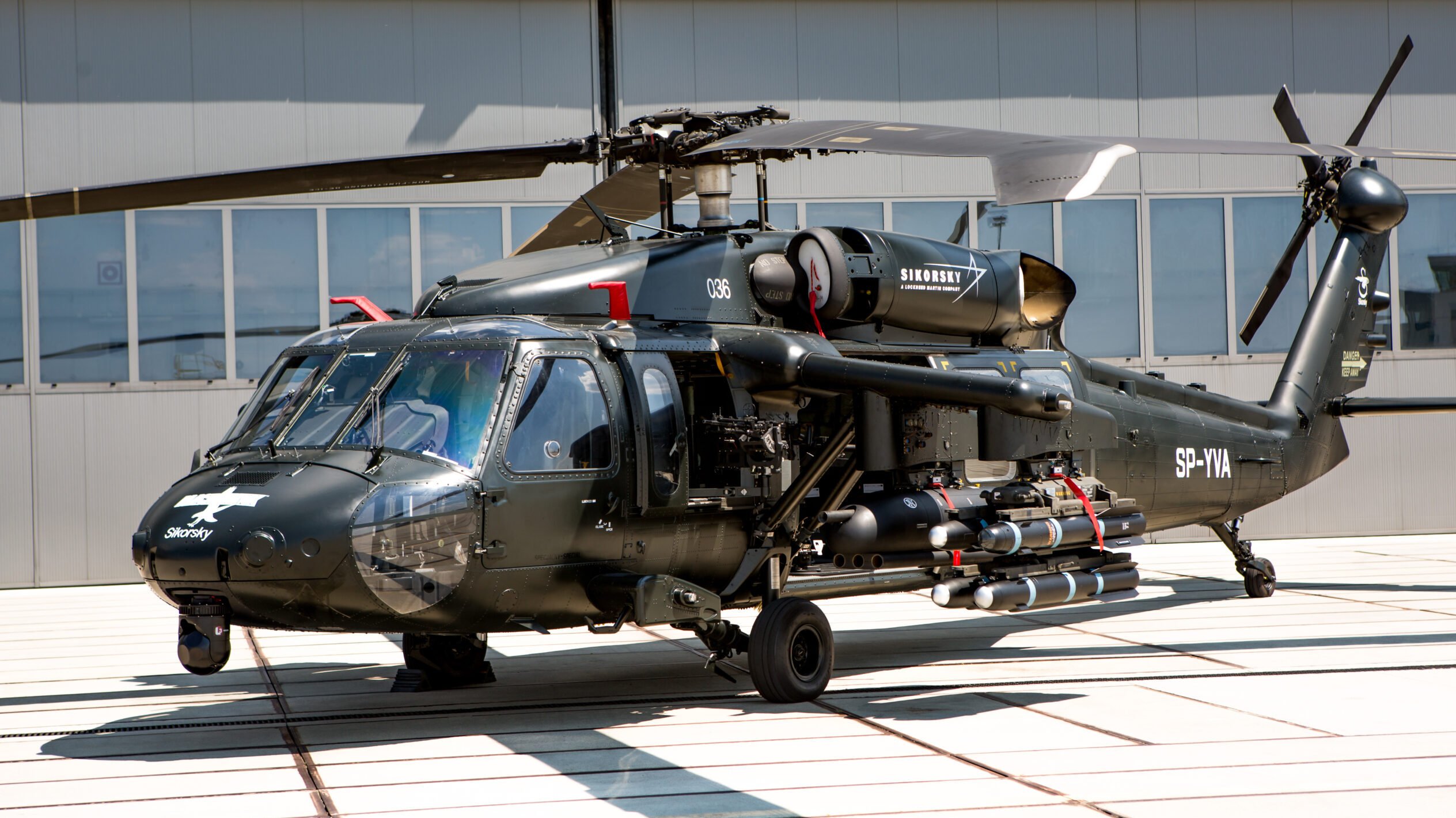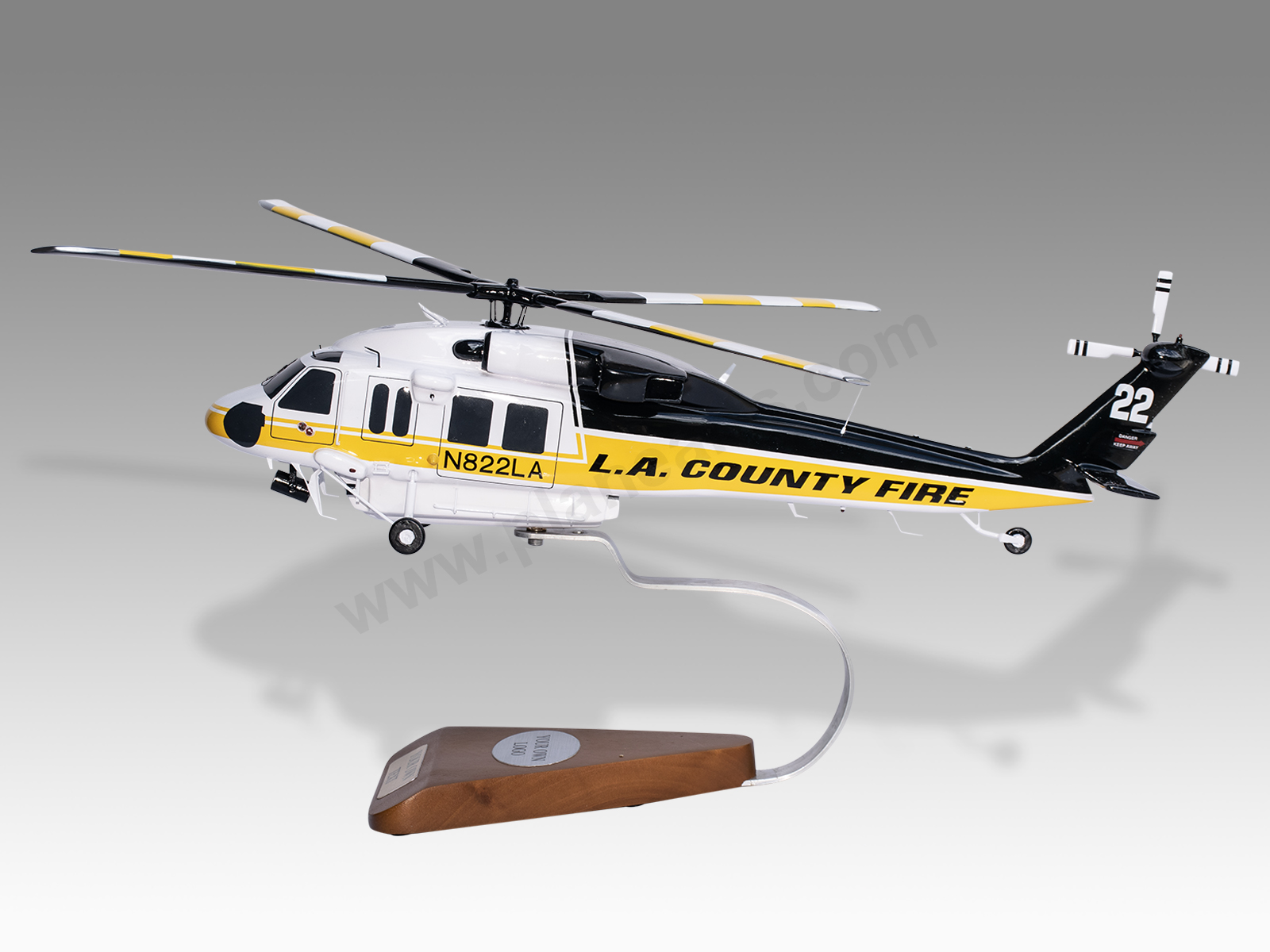How the Sikorsky S 70 Sticks Out in the Helicopter Industry
How the Sikorsky S 70 Sticks Out in the Helicopter Industry
Blog Article
High-Performance Multi-Role Rotorcraft Featuring Advanced Cockpit Technologies and Integrated Sensor Equipments
The world of rotorcraft technology has seen significant innovations in current times, especially in the world of high-performance multi-role rotorcraft furnished with sophisticated cabin technologies and seamlessly integrated sensing unit systems. These advancements have not just augmented the operational abilities of rotorcraft however have also considerably influenced modern-day aeronautics operations on various fronts. From boosted goal adaptability to enhanced operational effectiveness, the merging of advanced cabin innovations and integrated sensor systems has actually ushered in a new period of possibilities for rotorcraft applications. In the following conversation, we will certainly discover the advancement of rotorcraft innovation, dig into the world of sophisticated cockpit innovations, and examine the effects of integrated sensing unit systems on the functional adaptability and efficiency of modern-day rotorcraft.
Development of Rotorcraft Technology
The evolution of rotorcraft modern technology has actually been marked by substantial developments in aerodynamics, products, and propulsion systems, shaping the capabilities and performance of modern rotorcraft. Aerodynamic renovations have improved the effectiveness and maneuverability of rotorcraft, permitting raised rate, dexterity, and security throughout flight (sikorsky s 70). Advancements in materials, such as the use of composite materials and progressed alloys, have led to lighter yet stronger rotorcraft structures, boosting general efficiency and longevity. In addition, advancements in propulsion systems, including more powerful engines and innovative propulsion innovations, have actually made it possible for rotorcraft to accomplish greater elevations, faster speeds, and greater hauls.
These advancements have not just transformed the capacities of rotorcraft yet have actually also expanded their applications throughout different markets, including military, industrial, and emergency situation services. The constant evolution of rotorcraft innovation continues to drive innovation in the field, pressing the boundaries of what is possible and forming the future of upright trip.
Advanced Cockpit Innovations
Structure upon the fundamental developments in aerodynamics, products, and propulsion systems, the realm of rotorcraft modern technology currently moves focus in the direction of introducing Advanced Cockpit Innovations. The combination of innovative innovations within the cockpit setting plays an essential function in enhancing the operational capabilities, safety, and effectiveness of modern rotorcraft. sikorsky s 70. Advanced Cabin Innovations encompass a wide selection of functions designed to give pilots with enhanced situational understanding, streamlined data management, and user-friendly control user interfaces
Among the key advancements in cabin style is the application of glass cockpits, which change conventional analog assesses with high-resolution displays. These electronic systems offer adjustable formats, real-time information integration, and boosted readability, enabling pilots to gain access to important information at a look. Advanced avionics systems, such as fly-by-wire controls and enhanced reality screens, are reinventing exactly how pilots connect with the airplane, enabling for specific control and improved decision-making abilities.


Including sophisticated cabin developments not only boosts pilot efficiency yet also adds to total mission effectiveness and safety and security in complex functional settings. By leveraging cutting edge modern technologies within the cockpit, rotorcraft manufacturers are setting new requirements for functional quality and goal success.
Integrated Sensor Systems
With the advancement of rotorcraft technology, the assimilation of advanced Integrated Sensor Equipment has actually ended you can try these out up being paramount in improving functional efficiency and safety and security. These Integrated Sensing unit Equipments encompass a wide array of modern technologies that give critical information for different features such as navigation, monitoring, targeting, and ecological surveillance. By flawlessly incorporating read the full info here sensing units like radars, video cameras, lidar, and infrared systems into rotorcraft, drivers can gain from improved situational awareness, enhanced goal capacities, and decreased pilot workload.
One key advantage of Integrated Sensor Systems is their capacity to collect real-time information and supply workable understandings to pilots and mission drivers. Progressed radar systems can detect and track targets over long distances, permitting for very early hazard detection and effective action planning. In addition, integrating infrared and electro-optical electronic cameras allows rotorcraft to conduct reconnaissance and monitoring objectives with precision and accuracy.
Basically, the assimilation of cutting-edge sensing unit innovations into rotorcraft not just improves operational efficiency but additionally adds dramatically to overall objective success and staff security. As rotorcraft remain to develop, the role of Integrated Sensing unit Solution will unquestionably stay at the leading edge of advancement in the aerospace sector.
Functional Versatility and Performance
Enhancing functional adaptability and effectiveness in rotorcraft is an all-natural development from the combination of innovative Integrated Sensor Solutions. By leveraging the data and insights given by these sophisticated sensing unit systems, rotorcraft can optimize their efficiency across different missions and atmospheres.
Operational flexibility encompasses the capability of rotorcraft to adapt to pop over here different functions and scenarios efficiently. With innovative cabin modern technologies and incorporated sensor systems, rotorcraft can perfectly shift in between jobs such as search and rescue, clinical emptying, surveillance, and more. This versatility enhances the rotorcraft's ability to meet varied functional needs without needing considerable reconfiguration.
Performance in rotorcraft procedures is important for maximizing mission effectiveness and resource utilization. Integrated sensor systems play a critical function in improving functional performance by providing real-time information on weather, terrain mapping, target monitoring, and much more. This information enables pilots to make educated choices swiftly, optimize flight paths, save fuel, and enhance general objective efficiency.
Effect On Modern Aviation Workflow

Moreover, the assimilation of innovative sensors facilitates improved mission preparation and execution, making it possible for rotorcraft to carry out a wide variety of jobs with boosted precision. From search and rescue procedures to aerial firefighting and police objectives, the capabilities of modern rotorcraft outfitted with innovative cabin technologies and integrated sensing unit systems are exceptional.
Moreover, the influence of these innovations prolongs beyond operational effectiveness to cost-effectiveness and sustainability. By enhancing trip paths, fuel consumption, and upkeep timetables, high-performance rotorcraft furnished with advanced cockpit modern technologies and sensing units add to lowering functional expenses and environmental effect, making them vital possessions in modern-day aeronautics procedures.
Verdict
In verdict, the high-performance multi-role rotorcraft with sophisticated cabin innovations and integrated sensor systems stands for a considerable advancement in aeronautics technology. These advancements enhance operational adaptability and efficiency, ultimately impacting contemporary aviation operations in a favorable means. The integration of these advanced technologies permits boosted abilities and efficiency in different mission situations, showcasing the proceeded development of rotorcraft innovation in the aeronautics industry.
The world of rotorcraft modern technology has seen notable advancements in current times, particularly in the world of high-performance multi-role rotorcraft outfitted with advanced cockpit technologies and seamlessly incorporated sensing unit systems. From enhanced mission flexibility to enhanced operational efficiency, the merging of advanced cockpit innovations and incorporated sensor systems has ushered in a brand-new age of opportunities for rotorcraft applications. In the adhering to conversation, we will certainly discover the advancement of rotorcraft modern technology, dig into the realm of sophisticated cockpit technologies, and take a look at the implications of incorporated sensor systems on the operational flexibility and performance of modern rotorcraft.

Report this page